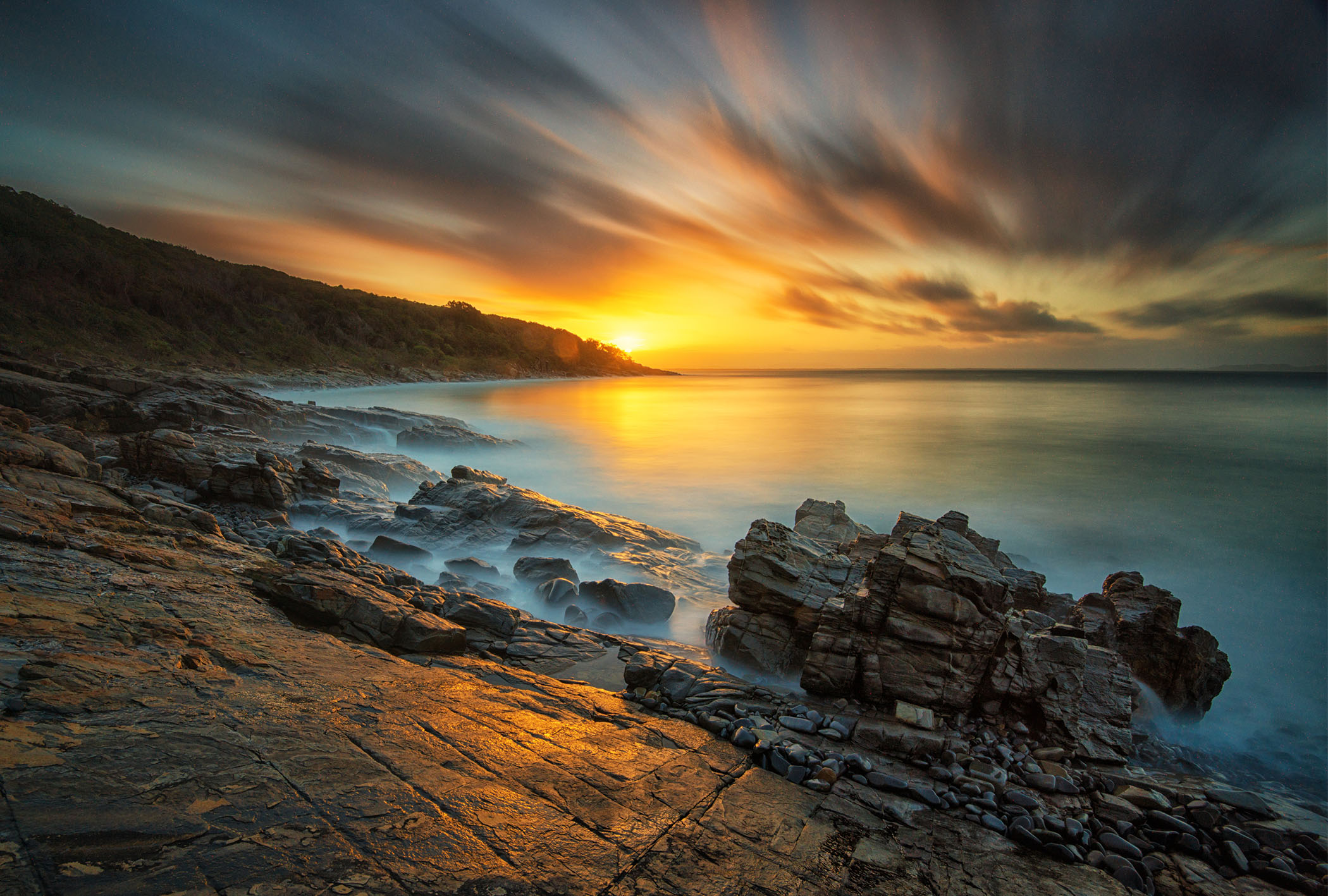Water authorities explained extreme weather and heavy rain forced the closure of two SEQ drinking water treatment plants (Mt Crosby and North Pine Water Treatment Plants) early on Sunday morning. North Pine has since restarted and the Gold Coast Desalination plant is supplementing supply.
People living in areas experiencing flooding, particularly in south east Queensland, can help by using a minimum of tap water. This will help authorities reserve supply as they work to return their water treatment system to normal.
But what could have caused this in a time of excess of water?
Dangerous waters
After an already wetter than normal summer, very heavy rain on saturated catchments has quickly generated dangerous volumes of flood waters.
The high energy and velocity of flood waters is causing erosion of soil and, in turn, river banks. As a result, SEQ Water estimates the cloudiness in raw water has increased by up to 100 times the normal amount.
Pictures and footage of flood waters, show it a milky chocolate brown. This is a dangerous sight to those in the water industry and raises concerns if it enters their water supply.
People should be very wary of wading into flood waters as they are often highly contaminated with disease causing germs from human and animal faecal wastes. Urban sewage systems may also overflow in times of wet weather and flood.
The dirty water can create significant problems for treatment of clean and safe drinking water. In particular, dirty water can overwhelm various stages of the treatment system, for example, by clogging filters. It can also reduce the effectiveness of water disinfection.








